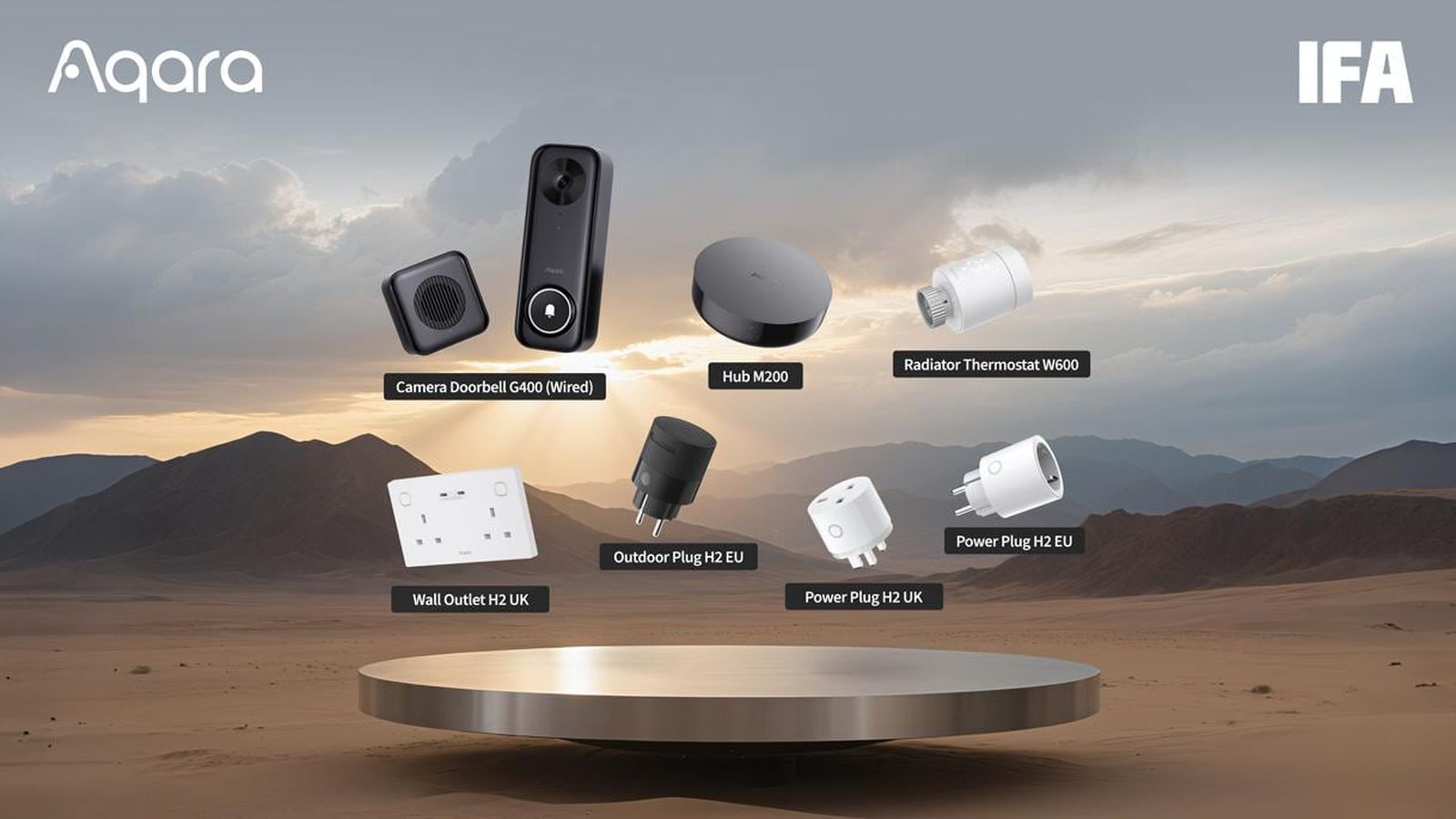Don’t miss out on our latest stories. Add PCMag as a preferred source on Google.
BERLIN—At IFA 2024, we saw robot vacuums that could climb. However, they were limited to single steps to tackle multi-surface flooring and not intended for use on stairs. This year, Eufy has a model and an attachment that combine to autonomously pursue dirt on multiple stories.
This stair-climbing innovation comes courtesy of an attachment called the Marswalker, which will work with Eufy’s new flagship RoboVac Omni S2 at launch. I got to see Marswalker in person at IFA and watch it navigate up and down a flight of stairs. It can supposedly tackle straight, L-shaped, and U-shaped stairs.
(Credit: Andrew Gebhart)
The Marswalker looks something like a NASA rover, with a gap in the middle of its central frame big enough for a vacuum to tuck in. The Marswalker opens its fold-out front doors, and the S2 drives up into a central compartment before the doors close again to secure the S2 in place. Then the Marswalker does its job and climbs or descends a staircase. Its big, rugged wheels do most of the work, but it extends bracers from all four corners that look a bit like antennas and seem to provide extra insurance against tumbles. Once at the top or bottom, the Marswalker retracts the bracers and opens its doors again so that the S2 can be on its way while the Marswalker waits for the return trip.
Eufy didn’t specify if the Marwalker will eventually be compatible with other robot vacuums. The Marswalker is slated to launch this summer, but Eufy hasn’t specified a price yet. It’ll come with a separate docking station from the robot vacuum to charge, so you’ll need to give up a bit of floor space between that and the S2’s base, but it could well be worth it for two-story houses.

Get Our Best Stories!
Your Daily Dose of Our Top Tech News

By clicking Sign Me Up, you confirm you are 16+ and agree to our Terms of Use and Privacy Policy.
Thanks for signing up!
Your subscription has been confirmed. Keep an eye on your inbox!
Because of the separate device and base station, the Marswalker does have the feel of a first-generation product, and it might be a little unwieldy to use in the real world. I’ve walked through all of my favorite recent robot vacuum features, and this could easily make the list if it’s well implemented. It could also join the Roborock Saros Z70’s robot arm as a wait-and-see idea that is super cool in theory but needs refinement.

The S2 fits inside the Marswalker (Credit: Andrew Gebhart)
While the Marswalker is certainly the most exciting part, the Omni S2 looks like a highly capable flagship robot vacuum. It’ll also debut this summer, with an expected price of $1,599. It comes with 30,000Pa of suction, which is an impressive figure, even if suction power doesn’t tell you everything about potential performance. For comparison, the Roborock Saros Z70 has the highest suction power of any model I’ve tested currently, at 22,000Pa.
Recommended by Our Editors
The S2 will use a large vision model with 3D mapping technology for navigation. Eufy notes that its obstacle avoidance is uniquely good enough to recognize and avoid tassels on rugs. The S2 has a self-cleaning roller mop, a design that has tested well on other models. While mopping, it applies 15 Newtons of downward pressure for scrubbing. The S2 also has adaptive wheels, which can help it elevate up to 2 inches, so it won’t need the Marswalker to traverse multi-level floors.
The base of the S2 has most of the features you’d expect of a high-end model: It washes and dries the mops and empties the vacuum’s dustbin. It refills the vacuum with electrolyzed water and mopping detergent from a separate compartment. Aside from the usuals, the S2 has a built-in aromatherapy system that can release a variety of fragrances as it cleans to keep your room feeling fresh, a unique feature.
We’ll look to put both the Marswalker and the S2 to the test when we can get our hands on them for a review. In the meantime, check out all of our current favorite robot vacuums and everything else from IFA.
About Andrew Gebhart
Senior Writer, Smart Home and Wearables









